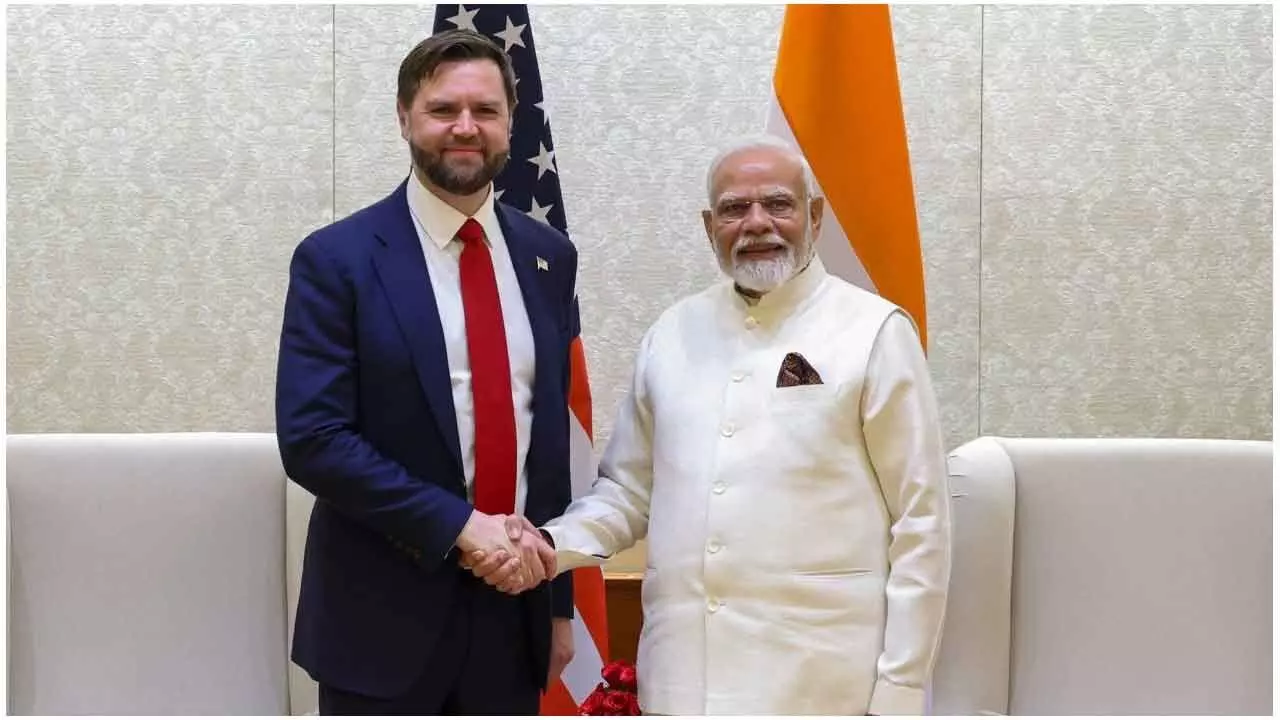US Role Limited To Getting India And Pak To Talk It Over
US Role Limited To Getting India And Pak To Talk It Over

As India and Pakistan teetered on the edge of a full-blown conflict, US Vice-President JD Vance directly reached out to Prime Minister Narendra Modi to encourage talks towards a ceasefire, which was announced on Saturday following intense cross-border military actions from both sides. This was confirmed by President Donald Trump on social media. While Pakistan Prime Minister Shehbaz Sharif thanked Trump for his "leadership and proactive role", India did not mention any foreign involvement. Foreign Secretary Vikram Misri said that the ceasefire was agreed upon "directly" between the two nations. “The Director General of Military Operations of Pakistan called the Director General of Military Operations of India at 15:35 hours (IST) earlier today. It was agreed between them that both sides would stop all firing and military action on land, in the air, and at sea, with effect from 17:00 hours IST today,” Misri said. Indian officials also clarified that no broader dialogue was forthcoming and that all measures taken against Pakistan following the Pahalgam terror attack.
This included the suspension of the Indus Waters Treaty, closure of the Attari land border post, reduction of diplomatic presence, and expulsion of Pakistani A report stated that the most significant concern arose when India targeted the Nur Khan air base in Rawalpindi, the garrison city adjacent to Islamabad. The air base, one of Pakistan’s central military transport hubs, is located near the headquarters. The IAF targeted military facilities in Rafiqui, Murid, Chaklala, Rahim Yar Khan, Sukkur, Chunian, Pasrur, and Sialkot. The overnight developments marked the fiercest exchange between the two militaries since India launched Operation Sindoor. The strikes came in response to Pakistan’s aggressive attacks on Indian military infrastructure and civilian areas using fighter jets, unmanned combat aerial vehicles (UCAVs), and missiles. What really made Pakistan get on a call with India? While economic pressures likely influenced the decision, the ceasefire appears driven by a combination of international mediation, military setbacks, including India’s effective air defense neutralizing Pakistani drones and missiles, and the need to stabilize its economy during IMF negotiations. This is still speculative as no official Pakistani source has confirmed the motive.
Pakistan is facing high debt ($130+ billion), low foreign reserves (around $15 billion), and a history of policy slippages. According to Fitch Ratings, the country’s over $22 billion in debt is maturing in FY25. It includes nearly $13 billion in bilateral deposits. While the IMF has already approved the aid, Fitch maintained that securing sufficient external financing remains a challenge for Pakistan, considering the large maturities and existing exposures of lenders. Its GDP is projected to be less than one-tenth of India’s $4.2 billion economy, at about $348.72 billion. Their per capita income of $1,300 is not even half of India’s $3,000. The fiscal deficit is at 7.4 per cent of GDP (India’s fiscal deficit is likely to be 4.4 per cent of GDP in FY26), nearly twice the regional average. Pakistan’s total foreign exchange reserves were precariously placed at $16.04 billion (no way comparable to India’s forex reserves of $686.2 billion). The repayment dues are over $22 billion in external debt this financial year, including nearly $13 billion in bilateral deposits (Fitch). There are stark inequalities in the distribution of income and wealth between the two nations.

